Yesterday, I posted a brief preview of the great pyramids of Egypt. Most of us have heard the stories of how these pyramids are built but I bet only a handful knows of the who's who in the construction of these great and historic structures.
Among the discovered pyramids in Egypt, the pyramids that can be found at Giza are the most popular.The pyramid complex in the Giza Plateau is the biggest and most complex in all discovered pyramids in Egypt and thanks to the ingenuity of the great ruler behind this magnificent structure, Pharaoh Khufu.
He is widely known by his hellenized name Cheops (or Khêops). According to historians, his full named is Khnum-Khufwy, which translates to Khnum Protects Me.
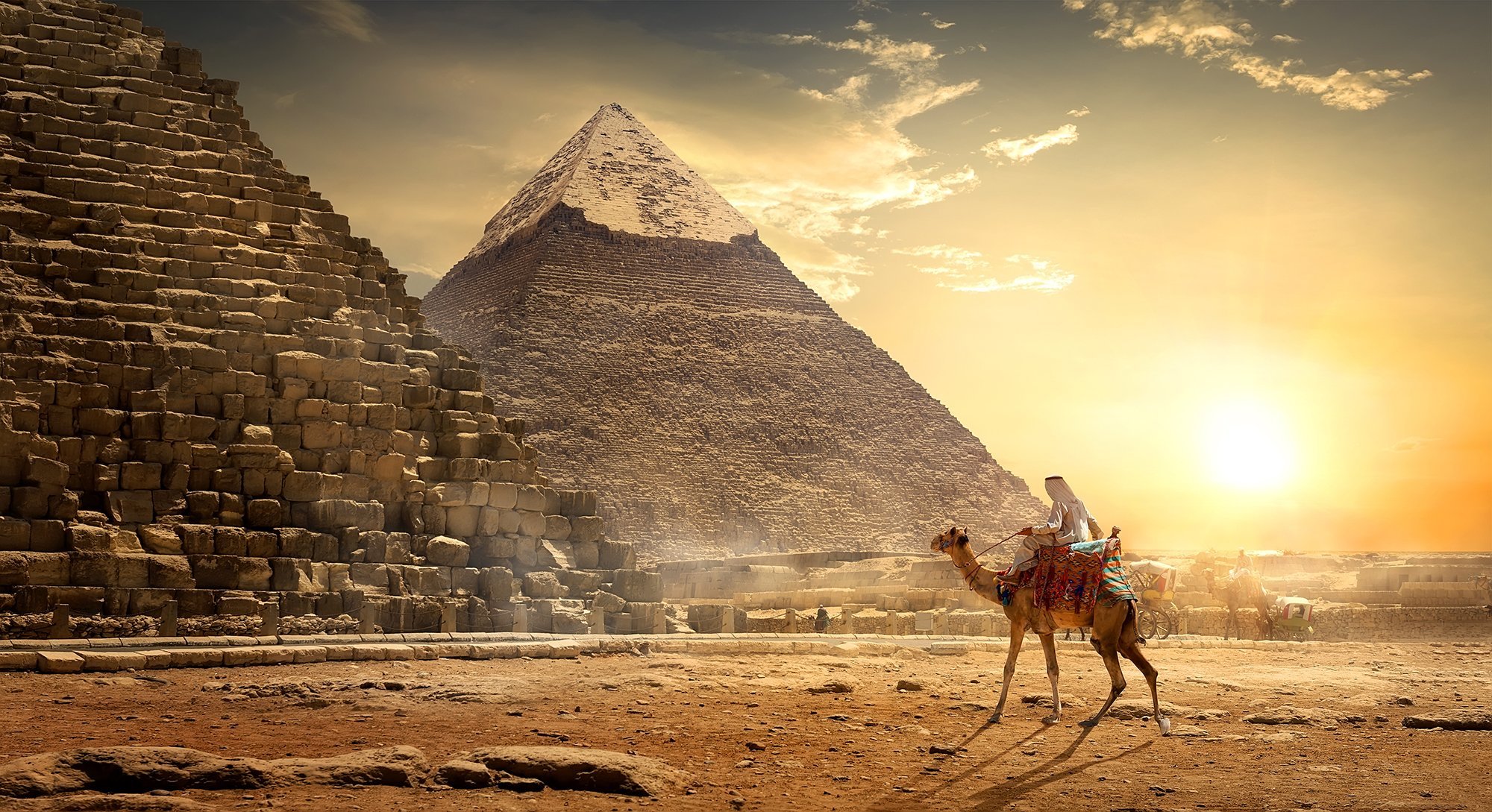
Life and Reign of King Khufu
After the reign of Pharaoh Senefru, his successor Khufu (Cheops) was the second pharaoh of the fourth dynasty of Egyptian kings.
Details of Pharaoh Khufu's life are sketchy. We know his parents were King Seneferu and Queen Hetepheres I, benevolent rulers, whose reign make his, appear even crueler in comparison.
Khufu reigned from about 2609 BC to 2584 BC, even though some sources like the Greek historian Herodotus confer him 50 years or more of supremacy; the Pharaoh has three wives ( Merityetes II, Senti his sister and Henutsen), he had nine sons (2 became rulers, first Djedefre then Khafre) and 15 daughters (one would be Queen Hetepheres II) .
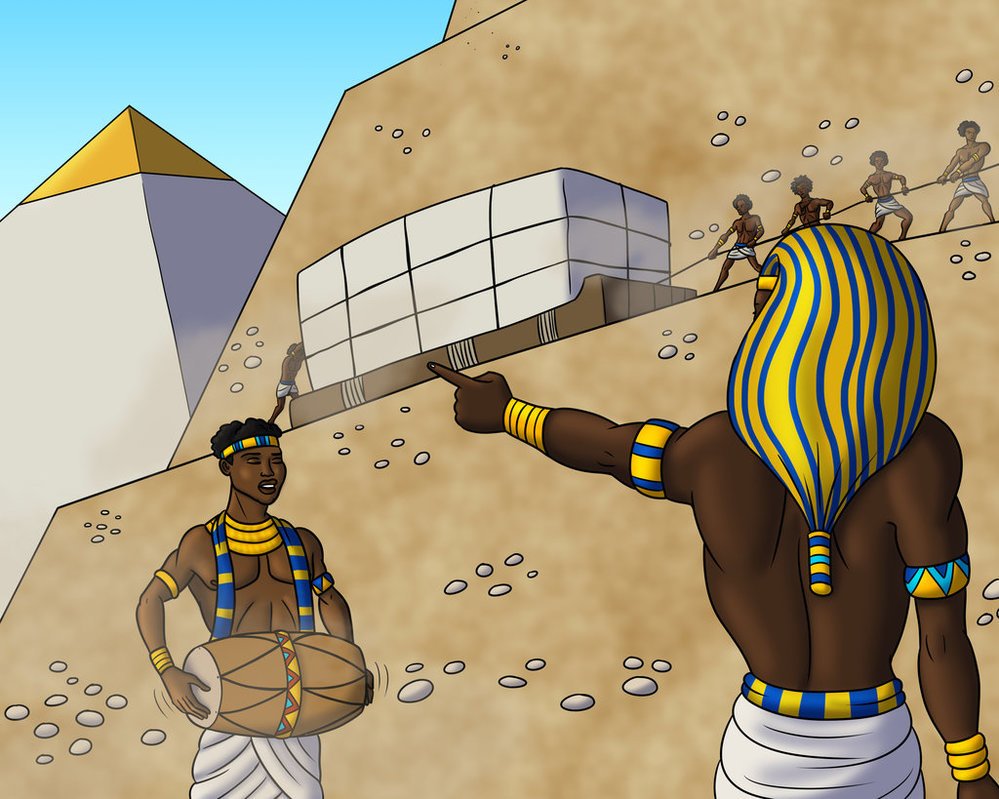
He built the Great Pyramid, led armed expeditions to Sinai, Libya and Nubia and was ruthless. That’s it.
The tales of his cruelty had been around since his reign and were well known throughout Egypt when Herodotus wrote about it a little over 2,000 years later.
Khufu began building his great pyramid almost from the time he took power when he was in his 20s. While most Egyptian structures were built by rather well fed, paid, conscripted workers, Herodotus told of Khufu’s vicious treatment of the workers in his funerary monument.
Although there are no details, there are anecdotal evidence that his desire to secure a long reign for his descendants, as well as to get the pyramid built before he died, led Khufu to mistreat his family.
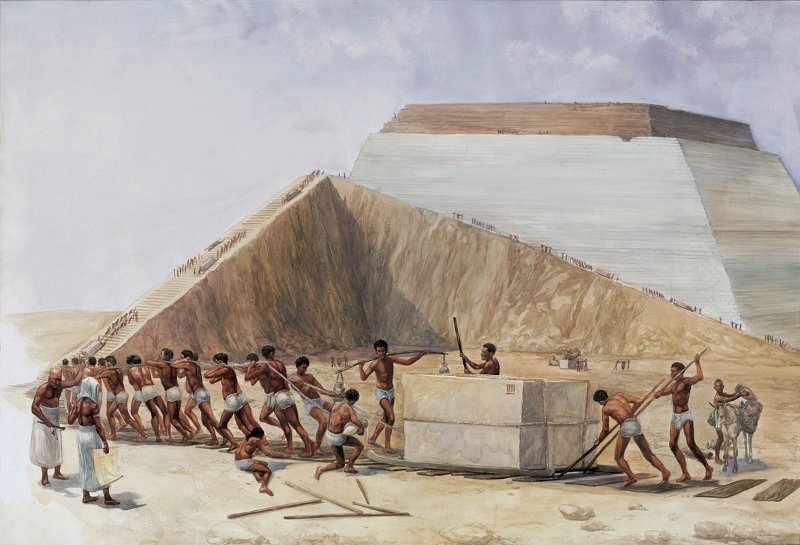
King Khufu's Heir and Pyramids
His well-known pyramid consists of 2.4 million limestone blocks, with an average weight of two and a half tons. Under the supervision of Heniunu, a Khufu nephew who was probably the architect, some blocks came from quarries up to 500 miles away. Heniunu also oversaw some 300,000 workers who took 23 years to build the monument which, until at least the 14th Century AD, remained the tallest man-made structure in the world.
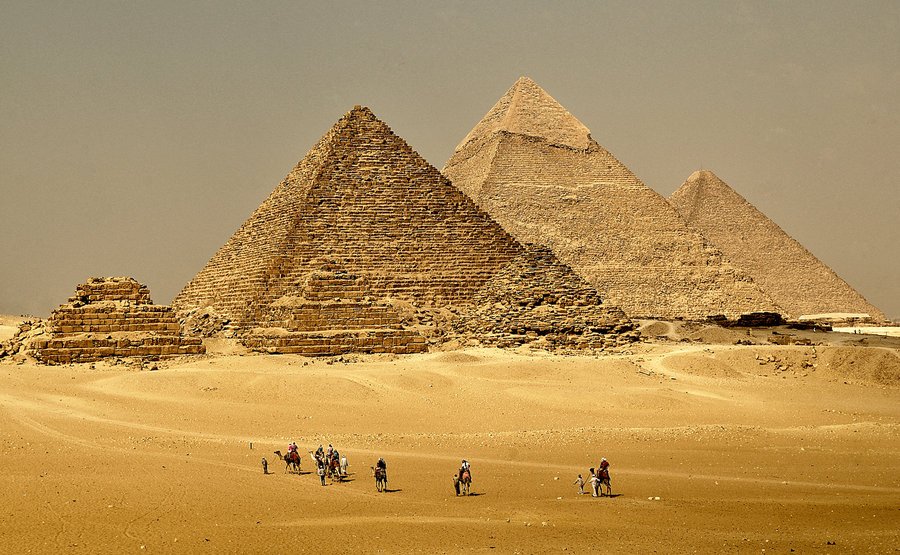
The direct successor of Khufu was his son Djedefre, who reigned for some 11 years. He was a pyramid builder too, but his complex, about five miles north of Giza is now in ruins. When Djedefre died, his brother, Khafre took the throne. Like his father and brother, Khafre builds a pyramid, but his is at Giza and is the second largest in the area.
Khafre is widely credited with building the Great Sphinx, even though there is no unanimity on this.
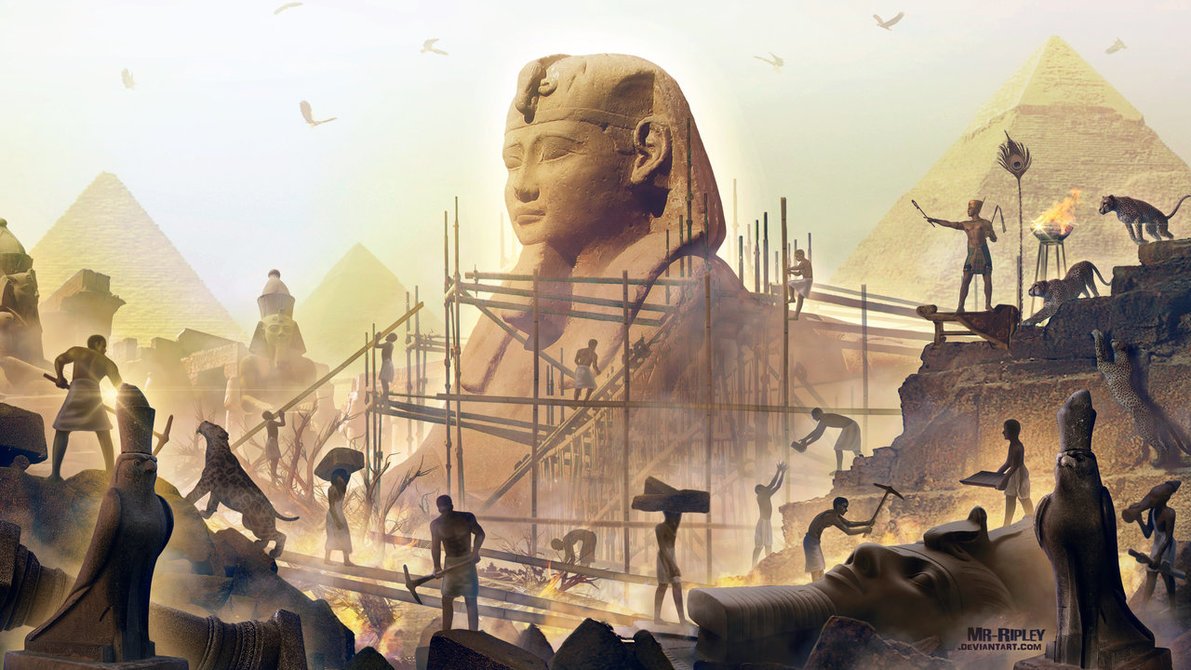
Much has been made out of the fact that even though Khufu built the greatest pyramid, his only known likeness is three inches (7.6 cm), an ivory statue that was found in Abydos in 1903.
Furthermore, there is no evidence that the grand sarcophagus in his pyramid had ever been used. His mummy has never been found, but the large solar barge Khufu was to use in the afterlife, was found at the base of the Pyramid in 1954. Largely build of Lebanon Cedar, the well-conserved relic, was put together and now rests at the Khufu Boat Museum, a little facility by the pyramid.
Reference(s)
Ancient Egypt Online - King Khufu and the Great Pyramid
Famous Pharaohs - Khufu
Phouka - Khufu
